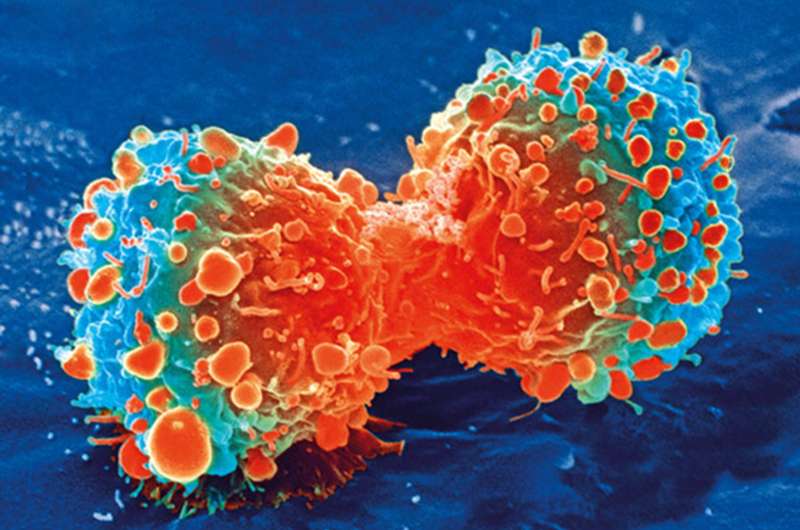From thousands of suspects, researchers ferret out cancer-causing genes

A Yale-led team of researchers has identified specific gene combinations that can cause deadly brain cancer glioblastoma, using new technology that can also pinpoint triggers of other types cancers, they report Aug. 14 in the journal Nature Neuroscience.
Scientists have been adept at identifying mutations present in a variety of cancers in patients, but it is still challenging for researchers to identify the genes or combinations of genes that are directly causing the progression of the disease. For instance, more than 223 individual genes have been linked to glioblastoma, a difficult-to-treat brain cancer with a median survival rate of only 1 to 1.5 years. Since thousands of combinations of those genes could act in concert to cause the disease in an individual patient, it has been challenging to determine which mutations are the most relevant for the growth of a given cancer.
"The human cancer genome is now mapped and thousands of new mutations were associated with cancer, but it has been difficult to prove which ones or their combinations actually cause cancer," said Sidi Chen, assistant professor of genetics and at Yale's Systems Biology Institute, and a co-corresponding author of the paper. "We can also use this information to determine which existing drugs are most likely to have therapeutic value for individual patients, a step towards personalized cancer therapy.''
Chen, a member of the Yale Cancer Center, and colleagues developed an improved application of CRISPR gene editing and screening technology to search for primary drivers of glioblastoma in living mice. They assessed the impact of mutations in more than 1500 genetic combinations and found multiple combinations that could cause the cancer. They also found two mutations that could make tumors resistant to chemotherapy—information that could help doctors tailor existing treatments for individual patients, said the researchers.
The new technology could also provide researchers with ways to find specific targets for new drugs, Chen said.
More information: AAV-mediated direct in vivo CRISPR screen identifies functional suppressors in glioblastoma, Nature Neuroscience (2017). DOI: 10.1038/nn.4620


















